Address: Orlando, FL 32856
Phone: (407) 960-4893
Hours: Open 24 hours
Get A Quote 407-960-4893
We love our trees and the comfort afforded by their shelter. Unfortunately, these same trees can have hazardous conditions present that the average consumer is completely unaware of.
One such hazard is trees with poor branch structure or branches with decay that are prone to splitting or breaking (termed as a Structural Defect). Poor branch structure, called “included bark” and may even be branches or tree trunks that are termed “co-dominant.” These conditions can be present on any species of tree. And, depending on the trees location in the landscape and the presence of targets within striking distance, the tree can be considered a hazard.
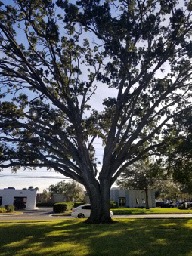

Advance Tree Pros recognizes this potential and provides services to help reduce this risk. There are several options for mitigating this type of hazard besides removing the tree(s) in question. Cabling and bracing are some of the options for managing structural defects of this nature.
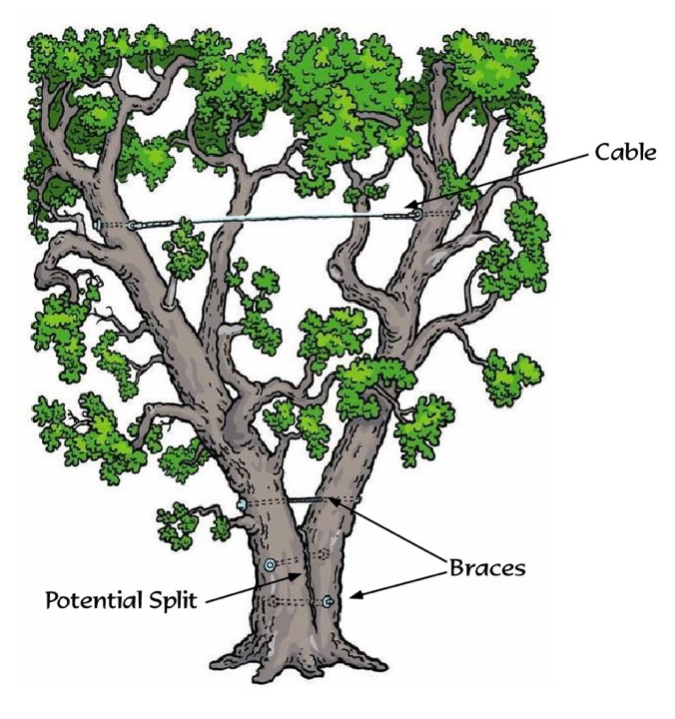
· Cabling and bracing are the two most common forms of structural support for trees
· They involve installing flexible cables or rigid rods to reduce the chances of failure of defective unions.
· Cables are installed high in the tree, at least 2/3 the distance from the defect to the crown
· Rods are installed much lower, just above and/or below the defect
· Cables are always stronger than rods because of their greater leverage
· Cables can be used alone, but bracing is always supplemented with cables
· Other, less common forms of structural support are guying and propping
· There are three major uses of cabling and bracing:
· Prevention: to reduce the chance of failure on a healthy tree with structural weakness
· Example: a specimen oak in good condition but having large limbs with “V-crotches”
· Restoration: to prolong the existence of a damaged tree
· Example: a large Oak that lost one of its leaders in a storm, leaving the others suddenly exposed and vulnerable to further damage
· Mitigation: to reduce the hazard potential of a tree
· Example: a picturesque multi-stemmed tree that towers over a picnic shelter
· Be sure to ask yourself some questions first: Is this a reasonable way to treat this tree, or am I just trying to preserve a tree that is actually at the end of its useful life?
· How do I justify this expenditure on a single tree? Do I have more pressing needs?
· Is the tree basically healthy? Is there enough sound wood to anchor the cable?
· Do I understand that cabling is no guarantee that failure will not happen?
· Am I prepared to have the cable inspected annually, then replaced after 7-10 years?
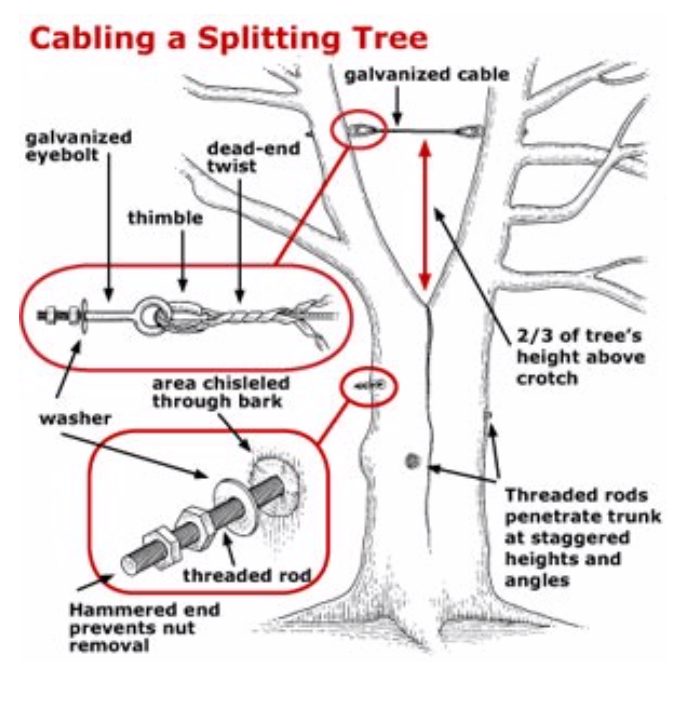
Watch on WFSU’s TV show Dimensions, Stan Rosenthal UF/Leon County Extension Forester and Arborist Sam Hand discuss cabling.
This is the installation of wood screw rod or machine thread rod through weak or splitting crotches. Depending on the condition of the crotch and the relative size of the tree (or its branch) this may require more than one rod. This technique may be used in conjunction with cabling systems. This may be helpful on especially large trees.
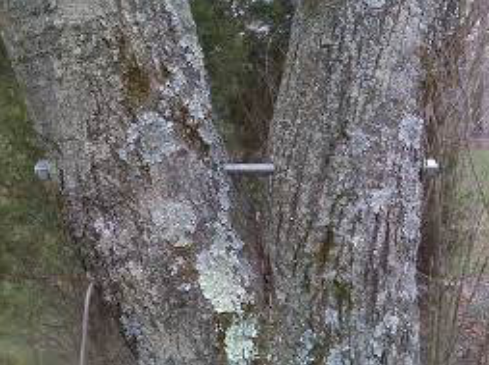
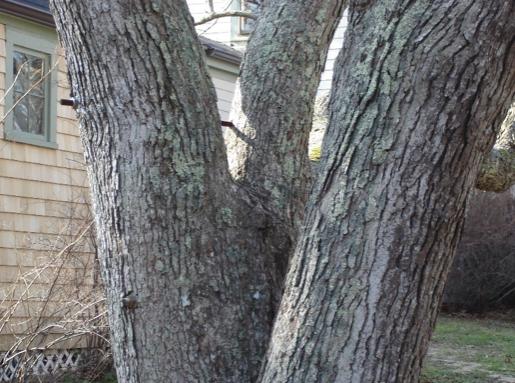
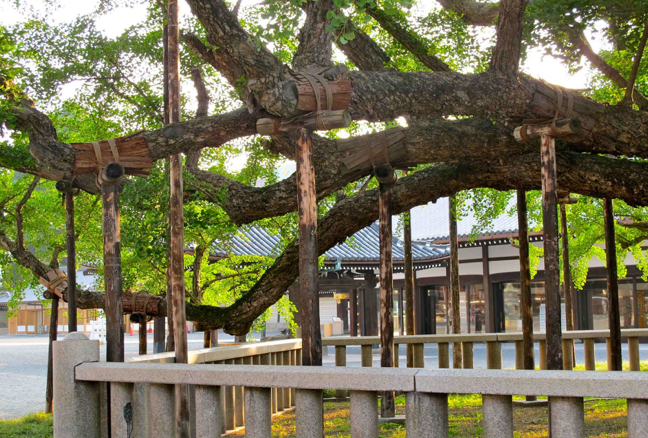
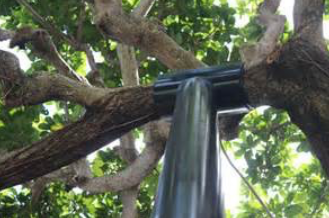
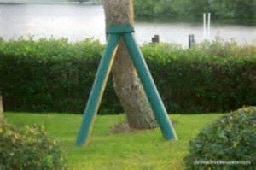
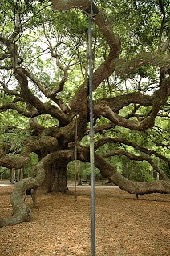
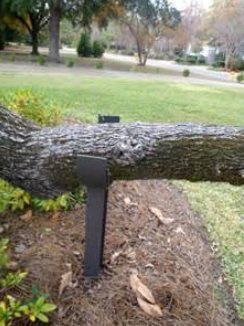
Address: Orlando, FL 32856
Phone: (407) 960-4893
Hours: Open 24 hours